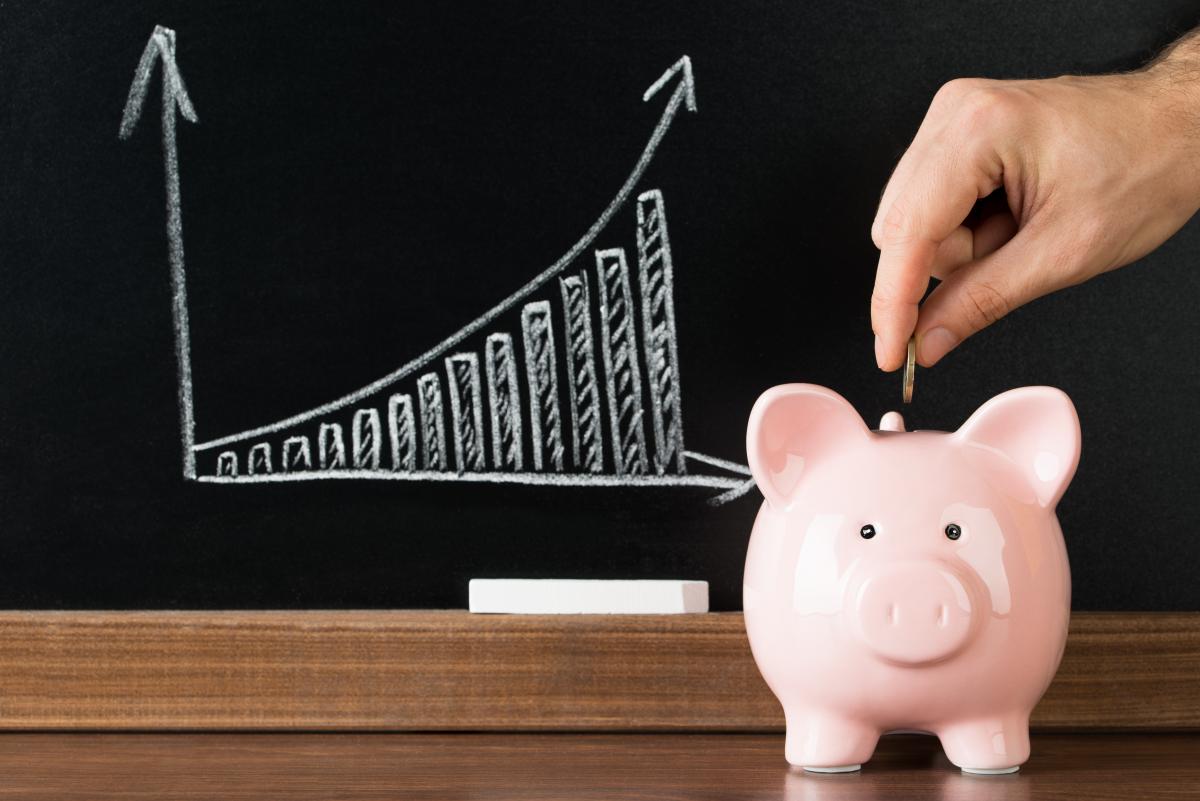 Employee-owners of privately held S corporations benefit from far better retirement savings and job security than other U.S. workers, a new report by Ernst & Young contends.
Employee-owners of privately held S corporations benefit from far better retirement savings and job security than other U.S. workers, a new report by Ernst & Young contends.
The analysis, which EY conducted on behalf of Employee-Owned S Corporations of America (ESCA), examines trends in S ESOP retirement plans from 2002 through 2019, including S Corp ESOP plans’ net asset value, number of participants, average account balances and distributions to participants.
Among other things, it finds that both the number of people participating in S Corp ESOP plans and the value of those plans’ net assets have increased substantially since 2002. Participants’ average account balances and the distributions paid to participants have also increased substantially.
According to the report, the total cumulative return per participant on average for S ESOPs from 2002 through 2019 was over $300,000 for a compound annual growth rate of 12.1% or approximately a third higher than returns from the S&P 500 over this period. In contrast, the S&P 500 Total Returns index grew at a compound annual rate of approximately 9% over the same period, the report notes.
The role of S Corp ESOPs in enhancing retirement security also grew, the report suggests. It notes that both net assets and the number of employee-owners rose significantly between 2002 and 2019. Net assets were 678% higher in 2019 ($94 billion) than in 2002 ($12 billion) and the number of participants increased by 286%, from 244,000 in 2002 to 941,000 through 2019.
“Taken together, the data on net assets and number of participants suggests that the significance of S ESOPs as a retirement option continues to grow and attract businesses who want to offer their employees this benefit,” the report suggests.
S Corp ESOPs were particularly prevalent in manufacturing, professional, scientific and technical services, and construction, the report explains. Manufacturing accounted for 26% of net assets in 2019 and 30% of distributions from 2002-2019. Professional, scientific and technical services accounted for 25% of net assets in 2019 and 21% of distributions from 2002 to 2019, and construction accounted for 15% of net assets in 2019 and 12% of the cumulative distributions from 2002 to 2019.
Participant Distributions
In the report, it notes that S Corp ESOP distributions per participant were larger than distributions per participant from 401(k) plans, distributing 25% more on a per participant basis than 401(k) plans on average. From 2002 through 2019, S Corp ESOP participants received an annual average of $5,900, while 401(k) plans distributed an annual average of $4,700. After the Great Recession, the average S Corp ESOP distribution was $1,350, or 24% more than the average 401(k) distribution.
EY notes that annual distributions can vary from year to year, but that they provide important insight into the impact of S Corp ESOPs as they capture the income actually received by plan participants. Over time the value of an account may vary, but for participants receiving distributions, it is the amount of the distribution that represents the benefit they ultimately receive from an S ESOP.
Overall, S Corp ESOP distributions to employee-owners, typically when they retire, totaled more than $77 billion from 2002 through 2019, and annual distributions increased nearly 13-fold during this period, the report notes.
The EY report further suggests that S Corp ESOP companies were more likely to offer two retirement plans than all private sector companies were to offer a single retirement plan in 2018. It notes that 100% of S Corp ESOPS offered at least one retirement plan: 57% of S ESOP companies offered an additional retirement plan, such as an additional DB or DC plan; while only 51% of all private companies offered any retirement plan.
The report notes that an individual employee-owner received an estimated annual benefit of nearly $26,000 from working for an S Corp ESOP company in 2019. Approximately 30% of those benefits came directly from working for S Corp ESOP company in the form of firm contributions to employee-owners’ ESOP account balances and increased job security. The remaining share was from returns in employee-owners’ ESOP account balances.
“Time and again, data show that the S ESOP model provides substantial added benefits to hardworking Americans who are able to be owners of their businesses,” Stephanie Silverman, President and CEO of ESCA said in a statement. “From amassing significant retirement savings to enjoying outstanding job security and more, employee ownership of private businesses has a proven track record of helping American workers and businesses thrive, even in the most challenging of climates.”
Silverman observed that the House of Representatives took a helpful step in encouraging the creation of more S Corp ESOP companies by passing the SECURE Act 2.0, which includes a partial incentive for business owners to transition to employee ownership. “We are hopeful that the U.S. Senate will include a similar incentive in their own bipartisan retirement savings legislation,” she added.

